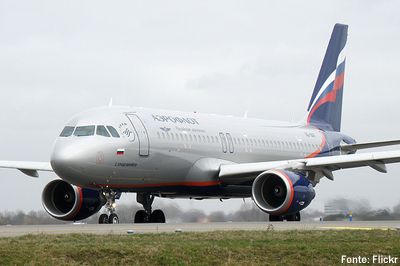INESC Porto contributes to the modernization of avionic communication networks
INESC Porto has recently started working on a new European project whose aim is to introduce the most advanced optical fibre communication network technologies in future aviation fleets. The kick-off meeting of the DAPHNE project took place at the AIRBUS head office in Hamburg, Germany, in September this year.
30th September 2009
With this project, the entire communication infrastructure of the airplanes will be optimised, thus guaranteeing significant gains regarding wiring installation and maintenance. Optical fibre technology is an advantage both for commercial and military aviation, due to its light weight and volume, and higher immunity to interferences and higher bandwidth, comparatively to copper. The adoption of new technologies by the aviation industry is only possible after demanding tests, because it is necessary to guarantee the safety of the people and airplanes, and so optical technology has only been introduced so far in areas where it was strictly necessary. More than gradually replacing copper systems for equivalent optical fibre systems, the aim with the DAPHNE project is to remodel the entire communication infrastructure in aviation, taking into consideration the global communication needs of all avionic systems.
The DAPHNE consortium is set up by 15 European partners, including AIRBUS, BAE and INESC Porto, as well as Universities, component manufacturers and software developers. INESC Porto will try to find new techniques to increase communication speeds with multimode fibres, which are particularly appealing for aviation systems because they are bigger and their mechanic tolerance is higher, relatively to single mode fibres. Thus, it is possible to reduce costs with optical components and achieve demanding environmental and stress tests. Some of these tests will be carried out at INESC Porto.
INESC Porto is represented in the DAPHNE project by the Telecommunications and Multimedia Unit (UTM) and by the Optoelectronics and Electronic Systems Unit (UOSE).
BIP, September 2009


